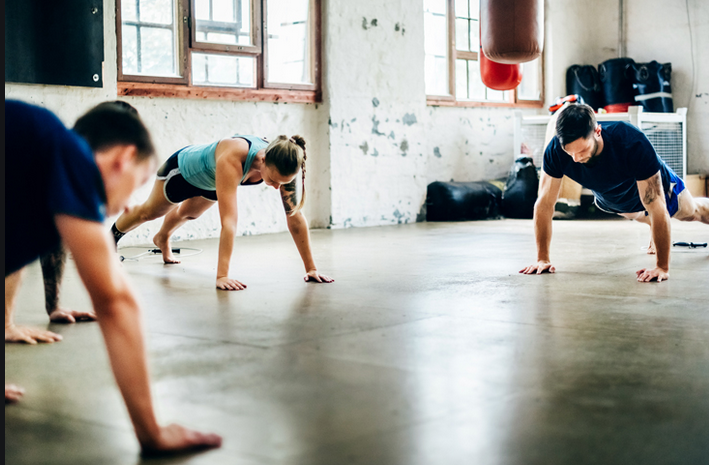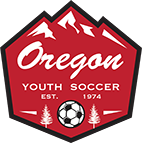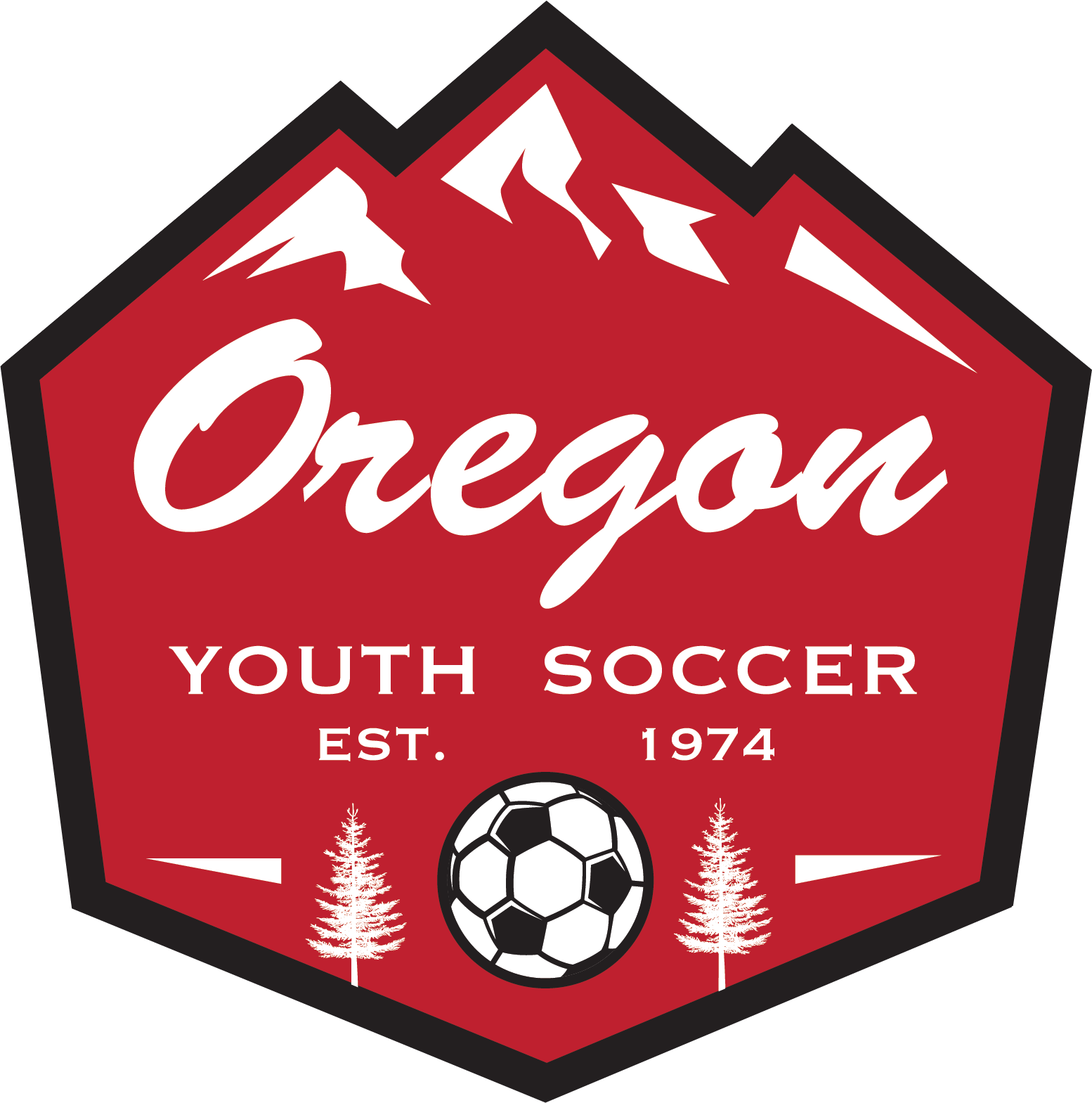
5 THINGS PARENTS SHOULD KNOW ABOUT PHYSICAL PERFORMANCE
Skye:
I know you have some topics. We want to frame this conversation around this idea about five things that parents really need to know about physical performance. I think that this is oftentimes like the magic pill that we have in the back pocket, but I also know that there’s a lot of things that parents don’t know and there’s a lot of misconceptions when it comes to athlete development. So why don’t we just dive right in? I’m sure it’ll build out a lot of conversation between us, but what is number one on your list?
Chris:
Yeah. So before I say number one, I wanted to just say that when we were coming up with these five things, I was already under the assumption that people listening to this conversation bought into the importance of strength training, so I’m not going to talk about the importance of strength training. I’m just going to assume that you already think strength training is important and that people should do it. And now the conversation is really about, “Okay, you’ve decided to do strength training. You’ve decided to make it a part of your life. What are the five things that I should know?”
So number one is going to be this concept of strength comes through coordination before progressive overload. If you take a look at traditional programs and you start mapping out a six-week plan, a 12-week plan or whatever, you’re really already starting to see, “All right, we’re going to do this many reps. We’re going to do this weight. And then we’re going to increase the weight.” And that comes from this bigger, stronger, faster way of thinking, which goes all the way back to the ’80s with the bodybuilding scene. And rightfully so, if you wanted to get stronger, you looked at the strongest people out there and did what they did.
However, when we’re talking about a youth athlete, youth athletes are going to gain their strengths through coordination, so what we need to do is we don’t need to increase the weights. We need to increase the complexity of the movements. We need to increase the amount of activation that we’re asking from the brain really, because what we’re really trying to do is build a bridge between the brain and their muscles in those movements so that they understand and they know their bodies. They understand and they know when they have good posture and bad posture or they have good knee alignment or bad knee alignment. So those are things that we’re going to challenge first, and then we can get to the stage of overloading, right?
Once we’re able to squat well and we’re able to squat in various ways, then we can go ahead and start to overload the squat and get better. But I think people get to that overload phase way too quickly. They get into, “Okay, I can do a pushup. Now let’s see how many pushups I can do.” Versus, “Okay. I can do a pushup. Let me see how many different variations of a pushup I can do that are really going to challenge my muscles in different ways and get my body to move better before it can move more.”


